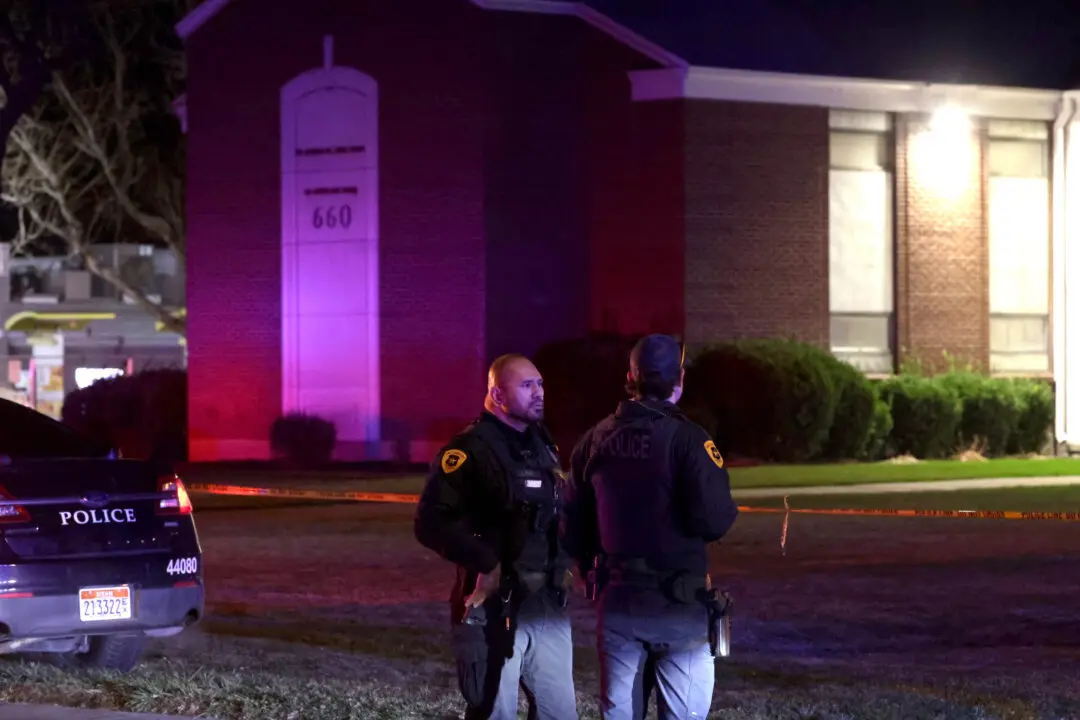WASHINGTON—The Federal Reserve has raised its key interest rate for the fourth time this year to reflect the U.S. economy’s continued strength but signaled that it expects to slow its rate hikes next year.
The quarter-point increase on Dec. 19, to a range of 2.25 percent to 2.5 percent, lifted the Fed’s benchmark rate to its highest point since 2008. It will mean higher borrowing costs for many consumers and businesses.




